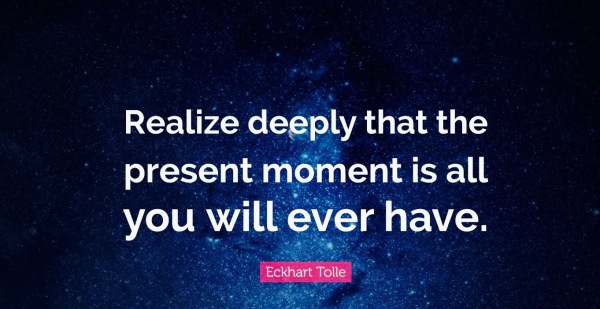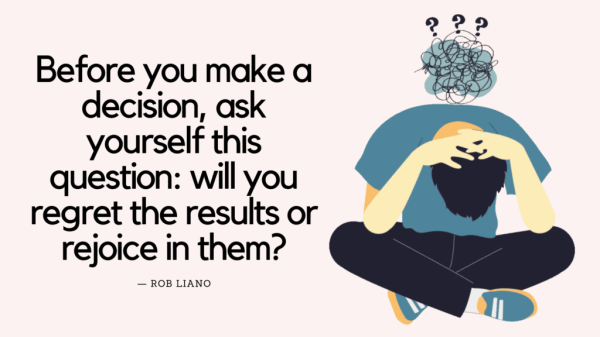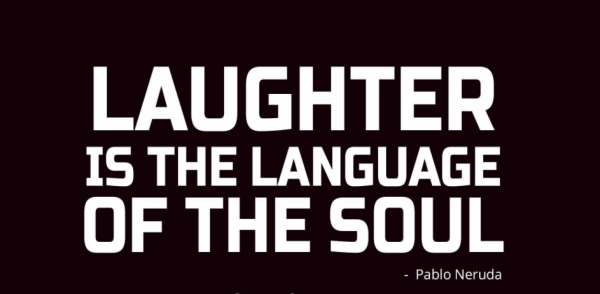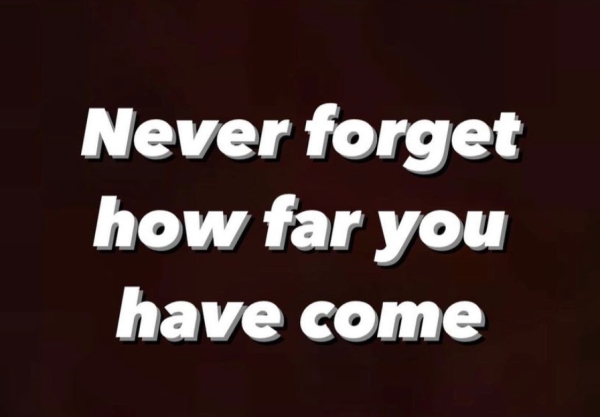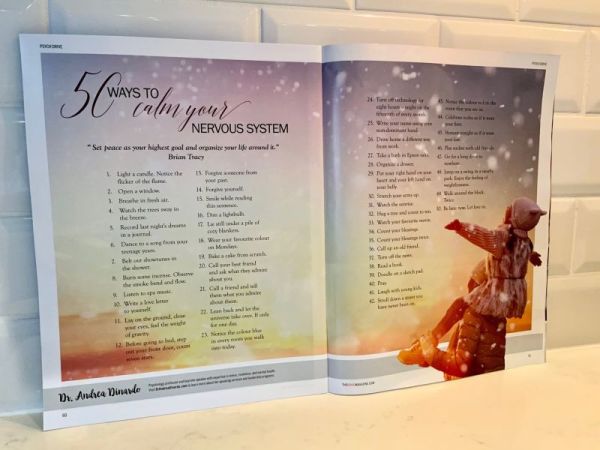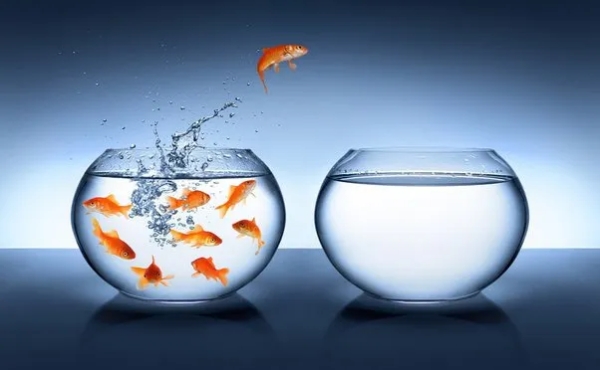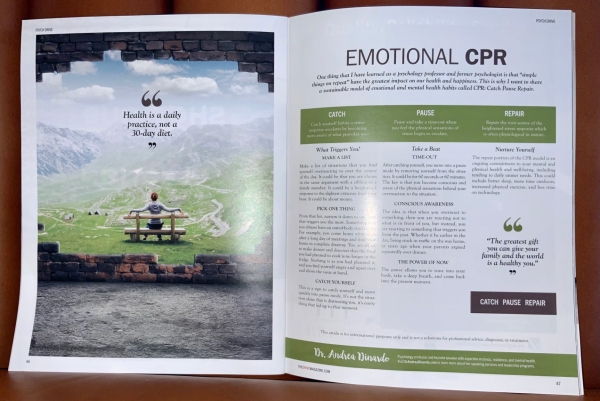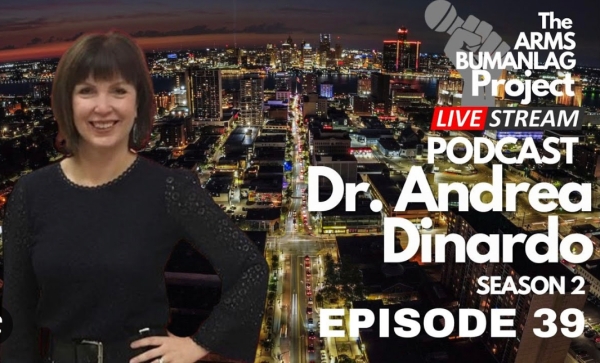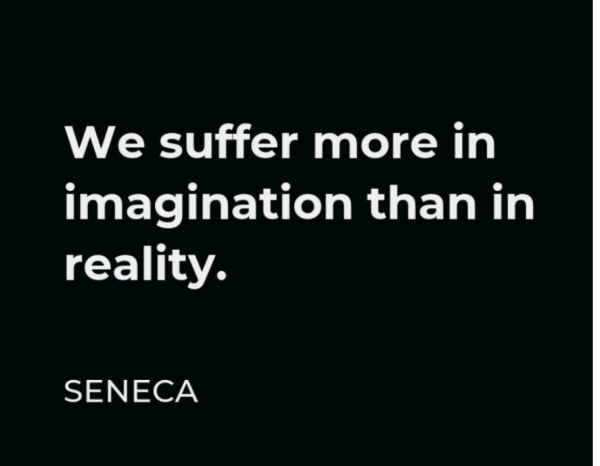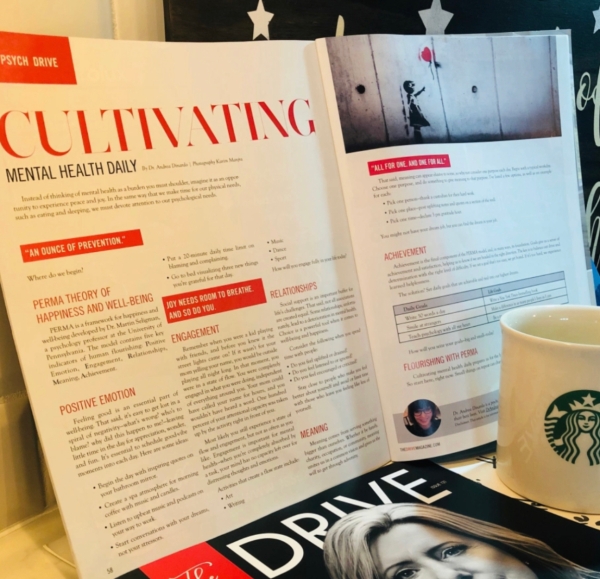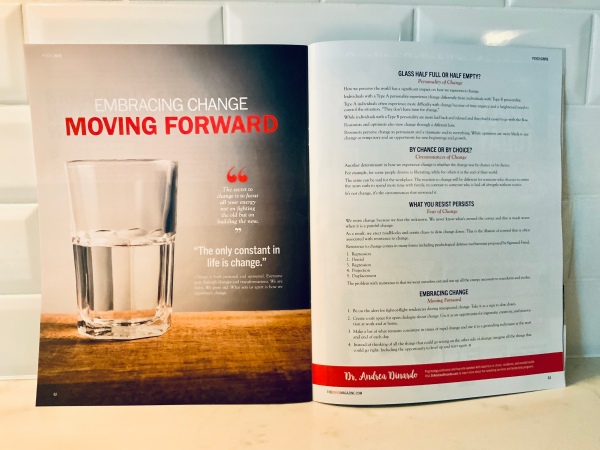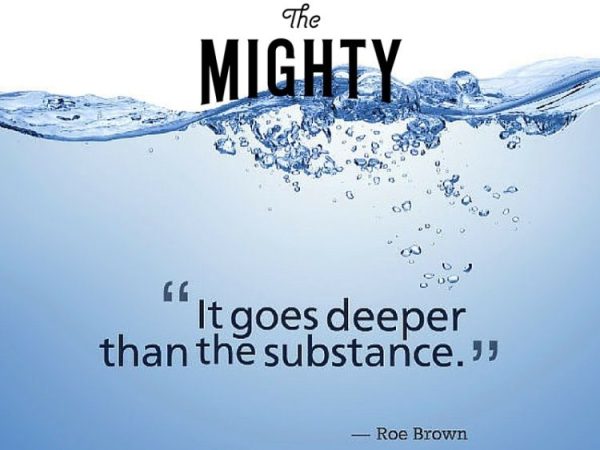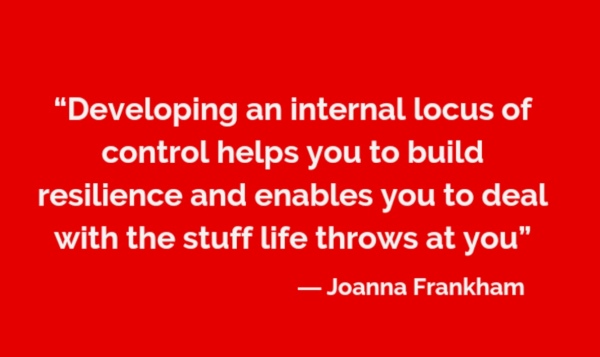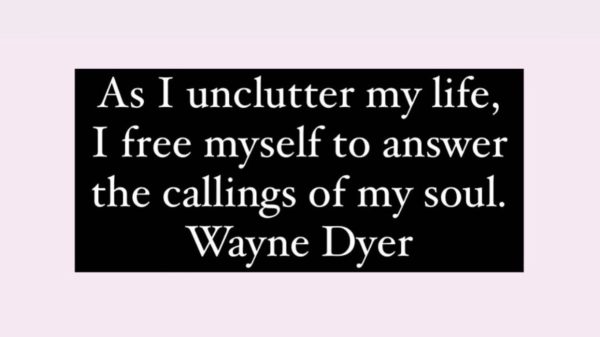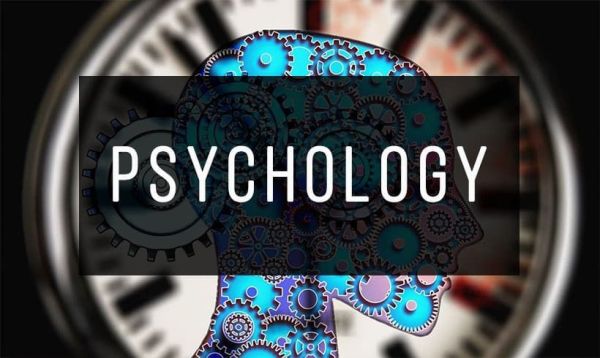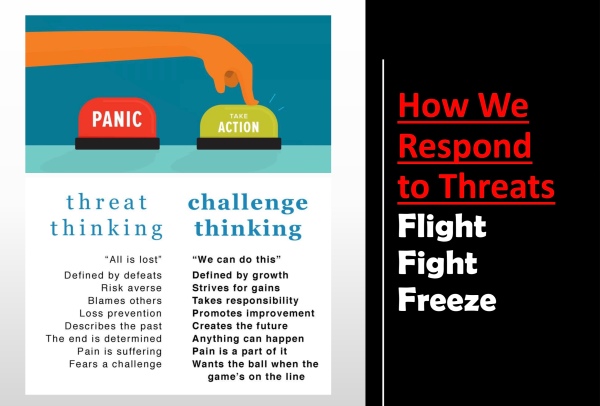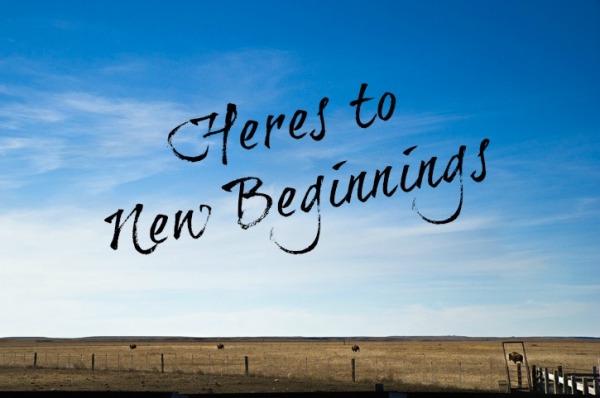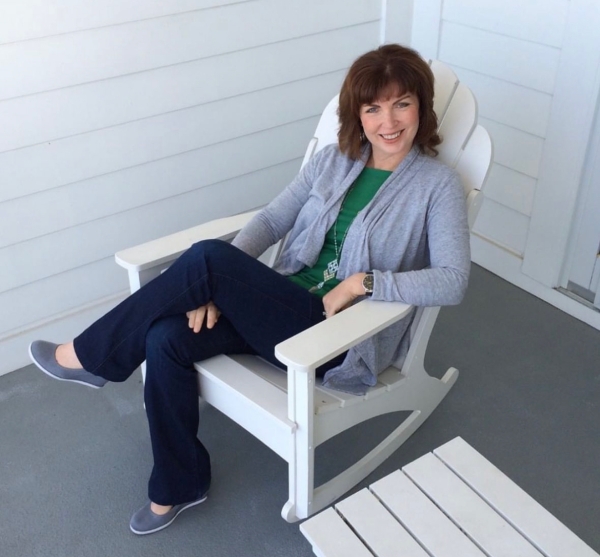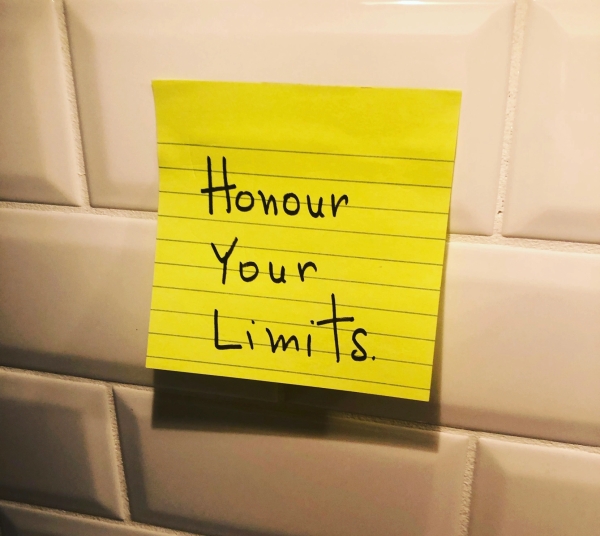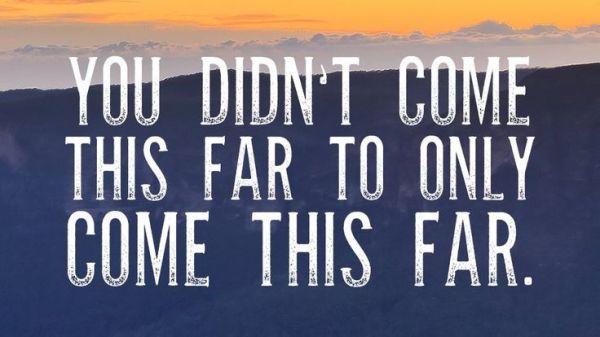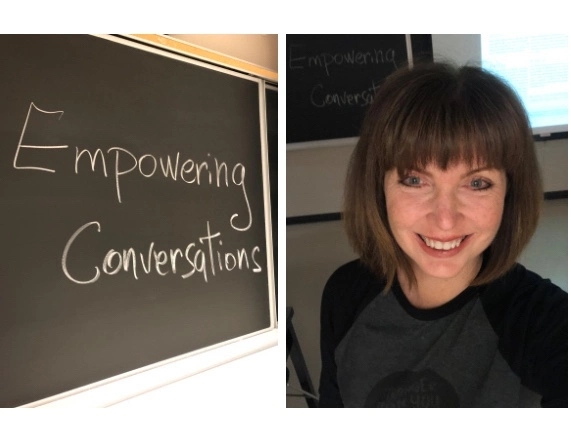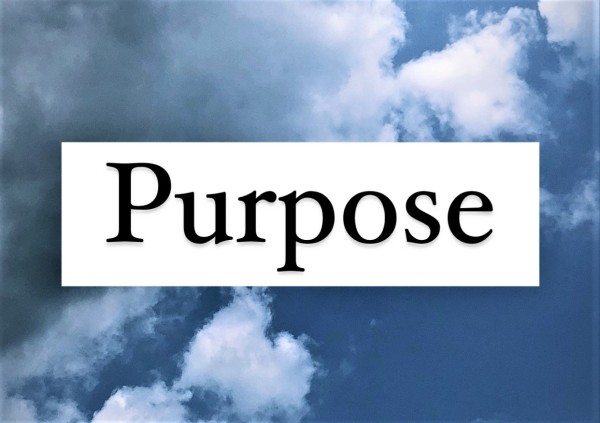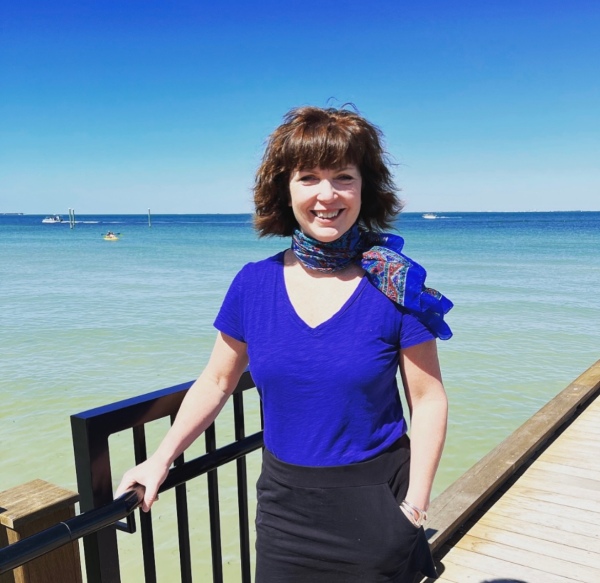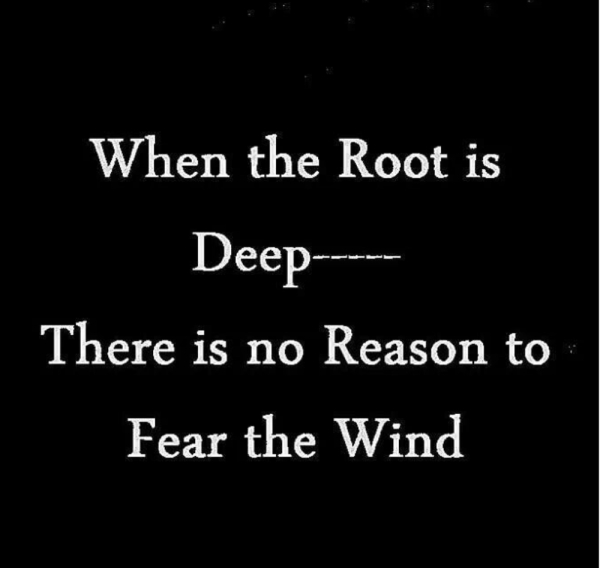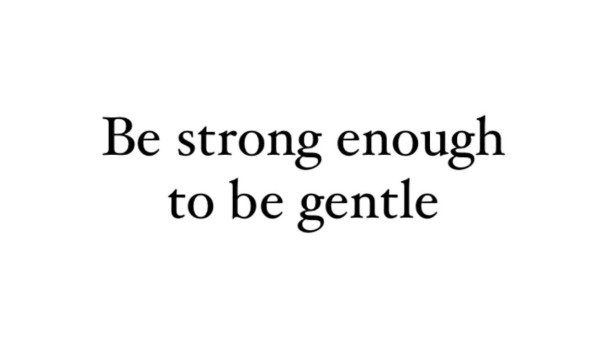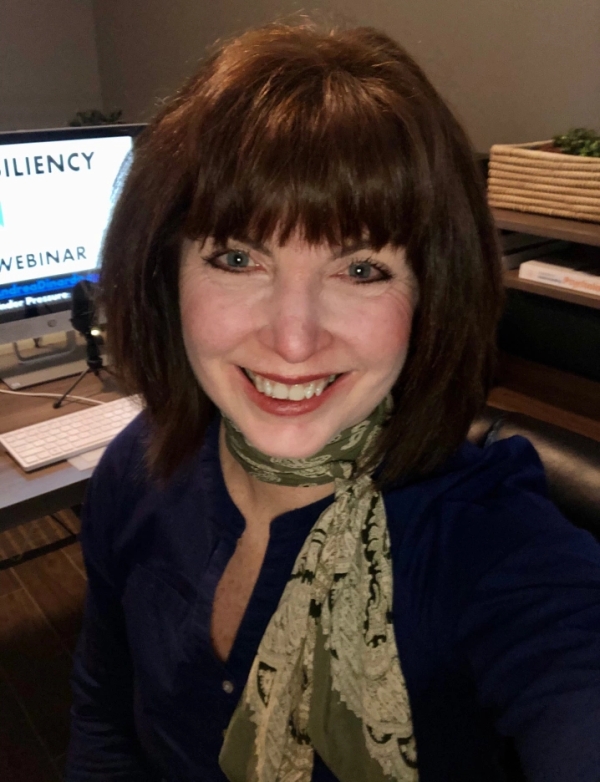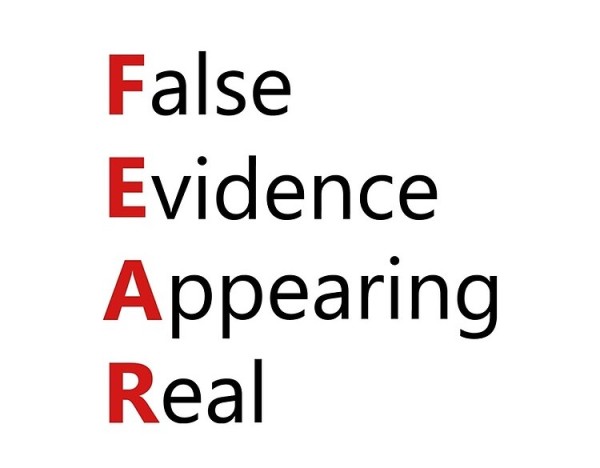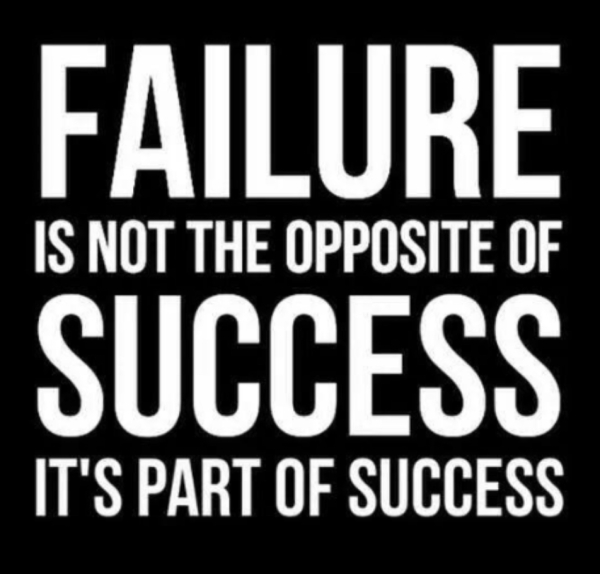https://www.youtube.com/watch?v=oCg1FpazubQ&list=PLlPm9OCnSiX2sXeR2TSXl-iZFPt6Flcnm Speaking Topics: Download HereTraining Overview:Download Here Background and Overview: Dr. Andrea Dinardo is a positive psychology expert, keynote speaker, and leadership trainer who helps people thrive under pressure, build resilience, and cultivate mental health daily. She is passionate about applying positive psychology to facilitate personal growth and transformational change in individuals and organizations. About... Continue Reading →
Holiday Peace and Stress Relief
https://youtube.com/shorts/tIKPb7edW_w?si=rJrQdgtgJ8SR9krs Do you find Christmas holidays stressful? If you’re anything like Santa, you answered yes! Santa feels the pressure too. Something I wrote about in the Drive Magazine . Including the benefits of leaning into difficult emotions. Because the more we resist discomfort, the longer it lasts. "The root of all suffering is attachment." Buddha https://youtu.be/JU1eYOWaleg?si=m1ItZDTBNHMoLdTN Stop... Continue Reading →
The Sweet Spot
https://youtu.be/fd9TrYI75o0?si=0gaSNLNAWVqWOAE8 The sweet spot is the moment in life when you realize you have arrived and the most interesting part is that you haven’t gone anywhere. Instead, you finally come home to the present moment. The here and now. The sweet spot. Nowhere else to be. But here and now. Right Here. Right Now. The... Continue Reading →
Delaying Gratification Doubles The Reward
When faced with a decision, ask yourself: Am I rushing the answer? Do I need to slow down? Am I being impulsive? Will I have regrets? Do I have all the information? Is it worth the wait? https://www.youtube.com/watch?v=rXZvf2_UHJ0 Reflection Questions 1. Do you consider yourself a patient person, an impatient person, an impulsive person? Does... Continue Reading →
Laughter is the best medicine
https://m.youtube.com/watch?v=cFzHZ8JYVWk We live in a world weighed down by tragedy and adversity. And we have been conditioned to believe that tragedies require tragic mindsets and hardships demand hardened spirits. We also live in a world overflowing with abundance and joy. https://youtu.be/d4C0_7En6ZY But we cannot see the good from the bad when we are blinded by... Continue Reading →
Self-Talk That Lifts You Up
“Be mindful of your self-talk. It's your conversation with the universe.” As humans, we can’t help but look to the next rung on the ladder. Forgetting the 100 rungs we have already climbed. https://youtu.be/1ALCrzw_1Xo Today’s Psychology Challenge Take note of the trail behind you. The hard work. The success. The heartbreak. The soul awakenings. The... Continue Reading →
50 Ways to Calm Your Nervous System
https://youtu.be/MXd_bZn1lqo 50 Calming Exercises Light a candle. Notice the flicker of the flame. Open a window. Watch the trees sway in the breeze. Breathe in fresh air. Record last night’s dreams in a journal. Smile while reading this sentence. Dance to a song from your teenage years. Belt out show tunes in the shower. Burn... Continue Reading →
One Word Vision for 2023
What’s your one word vision for 2023? Growth Space Peace Freedom Adventure Joy Empowerment https://youtu.be/2l6sO_77nw0
Three Ways to Bounce Forward
https://youtu.be/ldOlNJ0ds0c The idea we have for our life rarely matches up with the life we end up with. Plan A is fantasy. Plan B is reality. Growth is not a straight line, which is often a blessing in disguise, yet something we seldom realize in the thick of life. How do we move on from... Continue Reading →
Emotional CPR: Catch Pause Repair
One thing that I have learned as a psychology professor and retired psychologist is that simple things on repeat have the greatest impact on our health and happiness. This is why I want to share a sustainable model of emotional and mental health habits called CPR: Catch Pause Repair. CPR Video Edition https://youtu.be/KVfeKg78fEY https://youtu.be/8VvwITnvrhs CPR... Continue Reading →
Community Connection Psychology Interview
https://youtu.be/xwnQthkxSq8 Psychology Reflection Questions Your Turn What topics are you interested in learning about in psychology?
Back to school!
Today marks my 20th orientation with Bachelor of Science Nursing Students at St. Clair College. No matter how many years I attend Fall orientation, it feels like the first time. No matter how many times I work with students, it never gets old. Their first class is my first class. https://youtu.be/4J4oL093oU0 Their struggle is my... Continue Reading →
The Stories We Tell Ourselves
https://www.youtube.com/watch?v=119i-Qv-ep0 The Stories We Tell Ourselves In this psychology video and article, I share concrete strategies for transforming painful emotional experiences using a model of cognitive psychology. An A-B-C Formula for reality testing that is especially helpful during outer circumstances beyond a person’s control. What’s real? What’s distorted? A-B-C Scenario The scenario I describe in... Continue Reading →
CULTIVATING MENTAL HEALTH DAILY Professional Development
https://youtu.be/I08EUaQ8g9Y I had the opportunity to give a psychology speech on cultivating mental health daily at the Greater Essex County District School Board in Windsor, Ontario, Canada. Audience Members The audience was comprised of education support staff and front line workers, including Education Assistants, Child and Youth Care Workers, Developmental Services Workers, Teachers, Social Workers,... Continue Reading →
Embracing Change
Change is both personal and universal. Everyone goes through changes and transformations. We are born. We grow old. What sets us apart is how we experience change. https://youtu.be/rUWGr_GwzhM FACTORS TO CONSIDER 1. Personality of Change How we perceive the world has a significant impact on how we experience change. Type A vs. Type B Individuals... Continue Reading →
Psychology Class on Addiction and Stigma
BELOW THE SURFACE PSYCHOLOGY In psychology class this week we are talking about stigma and drug addiction and why it’s important to lean in, listen, and get curious about why people do what they do. End the stigma. Change lives. https://youtu.be/5BAu7RaMxQA COMMUNICATION CLEAR AND CONCISE The second topic of discussion in psychology class is clarity... Continue Reading →
WHAT’S IN MY CONTROL?
Locus of Control is a key ingredient in resilience. Assessing what is within your control and sphere of influence versus what to let go of and surrender is a wellness exercise that must be practiced daily for optimal mental health and energy. https://youtu.be/W7dz0FvnkxY?si=WhAFJHR53EIV9q_p PSYCHOLOGY TEST Locus of Control TestDownload PSYCHOLOGY REFLECTION What’s within your control?... Continue Reading →
What’s Your Endurance Mantra?
Transforming our mindset from pain to power and stress to strength is key during uncertain times. And particularly important for students across Ontario as they complete final college and university exams this semester! What mantra or affirmation shifts your mindset from stress to strength? From pain to power? I would love to know. Watch the... Continue Reading →
Free Your Soul
https://youtu.be/1dwCnVQhpQ4?si=4r9fjY0ii_Cw_QNc Soul Reflections ⚜️ What do you need to LET GO of to feel a sense well-being? ⚜️ Who and what do you no longer want to be OBLIGATED to? ⚜️ If you had only one year to live, what five things would you STOP doing? ⚜️ What JOY do you wish you had more... Continue Reading →
Don’t be pushed by your problems — Be led by your dreams
https://youtu.be/YbMOOGW_A2Y Back on Campus In this psychology video I share one way I engage students at the start of a semester, including this past week when we were back on campus for the first time, in a very long time! Transcript of Psychology Video Read Here Show Them You Care Connecting with students from a... Continue Reading →
Face Everything and Rise
Fight or Flight Threat Response Every time we feel threatened (threat is the fundamental definition of stress) our first instinct is to “fight or flight“. This perpetual “fight or flight” response loop eventually creates a host of secondary problems, above and beyond, the original stressor. Powerpoint Slide from Broaden and Build Leadership Event, January 2022... Continue Reading →
Lighten Up in 2022 — Positive Emotions & Problem Solving
“Your heart is the light of this world. Don’t cover it with your mind.” Lighten Up in 2022 The solution to a problem is rarely found in the source of the problem. This is why it’s important to lighten up before tackling difficulty. Problem Solving from a Higher Place Positive emotions heighten our awareness and open our minds to... Continue Reading →
Twelve Days of Self-Care
I am a strong believer in keeping things simple. The less complicated things are, the more likely we are to repeat the behaviour. Especially when it comes to health and happiness habits. https://youtu.be/0i0tuqAmdaw Twelve Days Day 1: Mindful Mornings Add five to ten minutes of relaxation to each of your morning routines. Time expands when... Continue Reading →
Honour Your Limits
Today’s Reminder That You Are Human Honour Your Limits. In every area of your life. It’s not a race. It’s a lifetime. Pace Yourself The world needs what you have to give — long-term. In every area of your life. It’s not a race. It’s a lifetime. https://youtu.be/RK7EzyPXRPA
Anchor Yourself With Light
Take a moment and anchor yourself with something that lights you up. That reminds you that you are not alone in this storm. You have been here before. It may have been a personal pandemic, not a global one. But somehow, deep inside, you made it through. And you will again. You have the courage,... Continue Reading →
Staying Motivated During Challenging Times
Today’s story begins in the middle of a spin class. The point in time when you feel like giving up the most. Because the middle is always the hardest. Whether it be the middle of a semester, the middle of a week, or the middle of a year. It was thirty minutes into class, and... Continue Reading →
Empowering Conversations About Change
The Psychology of Change During this week’s health psychology lecture, we talked about the psychology of change, including the parts of our lives that remain ‘unchanged’ during rapid and unexpected change. What Remains During Change? The Sun Still Rises Coffee Tastes Delicious Trees Greet You on Your Walk Favourite Movie Still Delights Bed is Comfie... Continue Reading →
What’s my purpose?
What's your perspective on purpose? Is it something you do or something you are? Is it ignited at birth? Or at work? Does it expire at death? Or when you retire? https://youtu.be/0WA8LzF5m3Y The way I see it. Purpose is for a lifetime. It's what lights you up, and sets your soul on fire! Video of... Continue Reading →
5 Mindfulness Techniques
1. Be Here Now https://m.youtube.com/watch?v=EiuTpeu5xQc&feature=emb_title Stop Take a breath Observe Proceed 2. Create Space https://m.youtube.com/watch?v=fXNo7GUDizM “Between stimulus and response there is a space. In that space is our power to choose our response. In our response lies our freedom.” Viktor Frankl 3. Find Your Flow https://youtu.be/mZ_bI_t_L_E In psychology, flow, also known as being in the... Continue Reading →
Let Your North Star Guide You
Mindfulness Tip: Look Up The sky connects us to something bigger than ourselves. Challenges appear small in comparison to the vastness of the sky. Solutions seem plausible. Answers come more easily. In the presence of stars, we embrace the profound and surrender it all. https://www.youtube.com/watch?v=0gMq9BNKvOA
What helps you adapt to change?
What helps you adapt to rapid, unpredictable, unexpected change? I asked this question of student leaders at a province wide conference. See student answers on the chalkboard below: My answer on the chalkboard was: GO SMALLER One day at a time. One hour at a time. One class at a time. Microseconds sometimes.. https://youtu.be/rUWGr_GwzhM Your... Continue Reading →
What advice would you give your younger self?
ASK DR. D … ANYTHING! At a recent leadership conference, student leaders from St. Clair College's Student Representative Council SRC had the opportunity to ask questions live during the final portion of the training event. Questions & Reflections The student leaders raised the reflection bar high during this discussion period. One Question Stood Out The... Continue Reading →
2020 Life Lessons: Be Strong Enough To Be Gentle
Lockdowns have us spending a lot of extra time with the ones we love. Especially during the holidays. And if you’re anything like our household, it requires a whole new level of relationship skills. A deeper level of empathy and compassion for the pressures of the people we are living with. Helpful Tips: Psychology Today... Continue Reading →
Catch Pause Repair (CPR): Healthy Workplace Awards Keynote Speech
https://www.youtube.com/watch?v=8VvwITnvrhs Healthy Workplace Awards This week I did a keynote speech at the Healthy Workplace Awards Ceremony. Given all we are collectively going through, I thought the notes and video from the keynote would be helpful to everyone. News Release: CTV News Especially as we wrap up this year. A year where we collectively experienced... Continue Reading →
You are enough, just as you are.
https://www.youtube.com/watch?v=ygkRUiRacSE You are enough, just as you are.💕 Mirror Exercise: Waking Up with Love
New Virtual Experiences
Staying Hopeful I wanted to share how I have been keeping hope alive in my heart and soul during 2020. Specifically, by expanding my reach with new virtual experiences. Beginning in the spring with my first "live" recorded internet event with Sam Piercell, a fitness entrepreneur, from Windsor, Ontario. 1. F45 Live Event: Community Resilience... Continue Reading →
Anxiety Relief Technique
FEAR is an illusion 5 Why's Technique The 5 Why's is a simple and effective technique for understanding the source of our fears and cognitive distortions (irrational beliefs) one why at a time. Exploring the Unconscious Mind An analytic (below the surface) strategy originating in the psychoanalytic theories of Sigmund Freud and Carl Jung. What's... Continue Reading →
Failure as Feedback
"Every adversity, every failure, every heartache carries with it the seed of an equal or greater benefit." With time, I have come to realize that failure has always been my greatest teacher. Each failure pointed me in a better direction and helped me to develop strength and authenticity, ultimately unveiling who I was and what... Continue Reading →
Compassionate Listening
Even as a psychologist, I often don’t know what to say. Especially now with so many people experiencing pain and trauma in escalating ways. So rather than assume what someone needs, I have learned over the years to ask one simple question: How Can I Support You? In doing so, I create a safe space... Continue Reading →
The Space Between No Longer and Not Yet
The time in between is a difficult time for all of us. Myself included. A super organized (type A) person like me becomes a little unhinged in the space in between. But don't we all? Wondering if we still have what it takes. Hoping we can still make a difference in the world when the... Continue Reading →
Psychology Insights: Self Criticism to Self Compassion
WHY ARE WE SO HARD ON OURSELVES? Great question! One that I’m asked often. And one that I often ask myself. PSYCHOLOGY INSIGHTSWhat causes this behaviour? The answer is multifaceted and includes several factors including how we were parented (when internalized superego and conscience first develops) and eventually how we parent ourselves. For example: When something... Continue Reading →
Stay Open to the Possibilities
Embrace Uncertainty One of my favourite ways to energize before teaching psychology classes at St. Clair College is to summarize a theory in practical and concrete ways in the parking lot. Literally! 🚘 I filmed this video 5 minutes before I was about to teach a lecture on personality and positive psychology in my liberal arts... Continue Reading →
Celebrating Moms Everywhere
Let's not wait until Mother's Day to celebrate moms everywhere. Let’s celebrate moms today. Including my own. Moms of every age. Moms of every country. Moms of every kind. Cat moms. Dog moms. Aunt moms. Friend moms. Professor moms. Neighbour moms. The only thing that matters is love. Sharing Mom Memories And since Mother's Day... Continue Reading →
May Hope Rise Within You
Wishing everyone an extra dose of hope + optimism at the start of this brand new month of May. Paradoxically, I have never felt so close to friends, family, and strangers since social distancing began. 8 billion people experiencing the same global event, at the same time – together. May we continue to connect on […]
Acceptance: Your Peace Depends on It
Acceptance and peace go hand in hand. Watch Video — Click Here Consciously accept the good and the bad that exists in your life. The rain and the sunlight. The shadow and the light. Shift your focus. Change your life. Accepting what is does not lower the bar. Quite the opposite. Acceptance shines a spotlight on... Continue Reading →
Student Resilience and Success (YouTube Video)
Resilience & Success In this 8 minute video, I describe three resilience tips for student success: 1. CONNECT 2. CREATE 3. THRIVE https://m.youtube.com/watch?v=3OXADYU-pQs&app=m&persist_app=1 Hold On STAY STRONG “Be Fearless in Pursuit of What Sets Your Soul on Fire.” There will always be obstacles. The question is — do you see them as roadblocks or stepping... Continue Reading →
Let Your North Star Guide You
My Wish For You Today May you find peace in your home. And calm in your heart. No matter the storm. Psychology Thought for the Day The goal isn’t to get rid of all our negative thoughts and emotions. The goal is to change our response to them. To accept them without judgement. To transcend... Continue Reading →
Windsor Updates Spotlight
Community Spotlight Today I would like to shine a light on a local entrepreneur named Alex Binaei, the creative mind behind Windsor Updates and the video highlighted in this post. Adversity → Creativity Alex’s video for Windsor Updates is one of the best examples of how crisis and adversity create innovation and ingenuity. In both... Continue Reading →
What has COVID-19 awakened in you?
How is everyone doing? How are you coping with our universal global event? How has your perception of yourself and the world evolved? How has COVID-19 transformed you? What is the higher purpose in all of this? I Am Waking Up After socially distancing and working full-time from home as a psychology professor (now online),... Continue Reading →
Breathe
https://m.youtube.com/watch?v=zRSQw-LjU8k Every time we take a long deep breath, we are telling our bodies that we are safe. Each breath connecting our mind, body, and heart. Bringing us back to present time. 5 Breathing Techniques: Follow Your Breath Become aware of each inhalation and exhalation. Focus on the sensations you feel as air passes through... Continue Reading →



